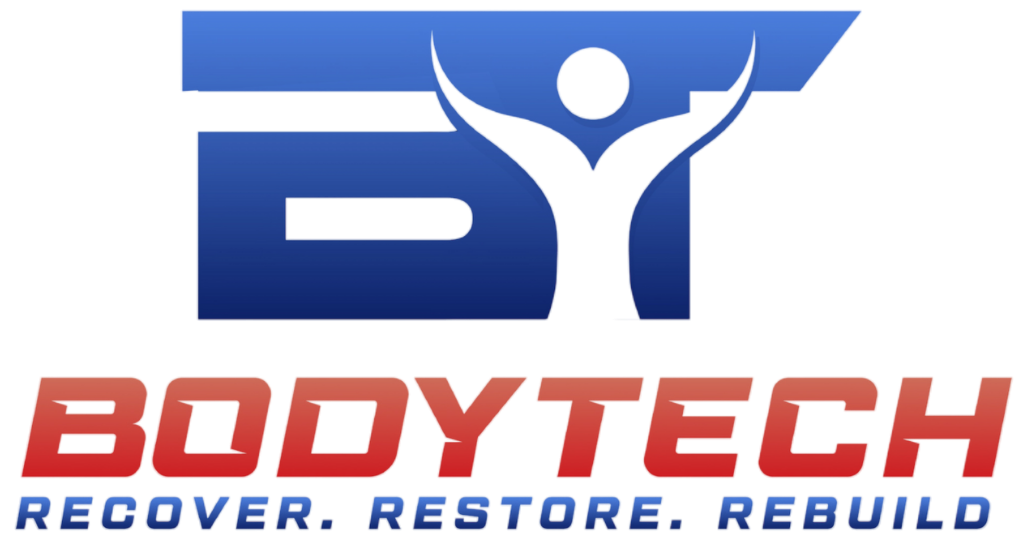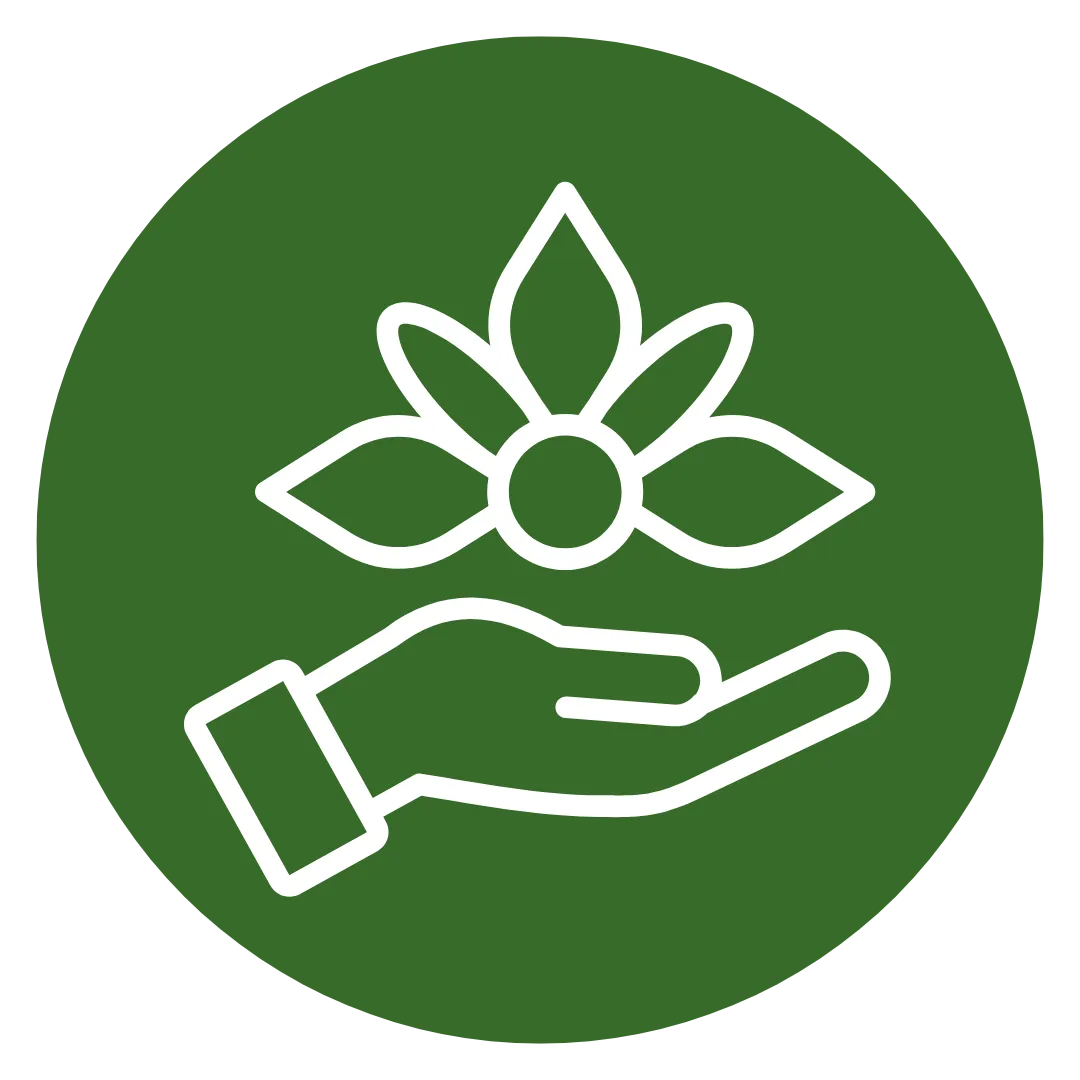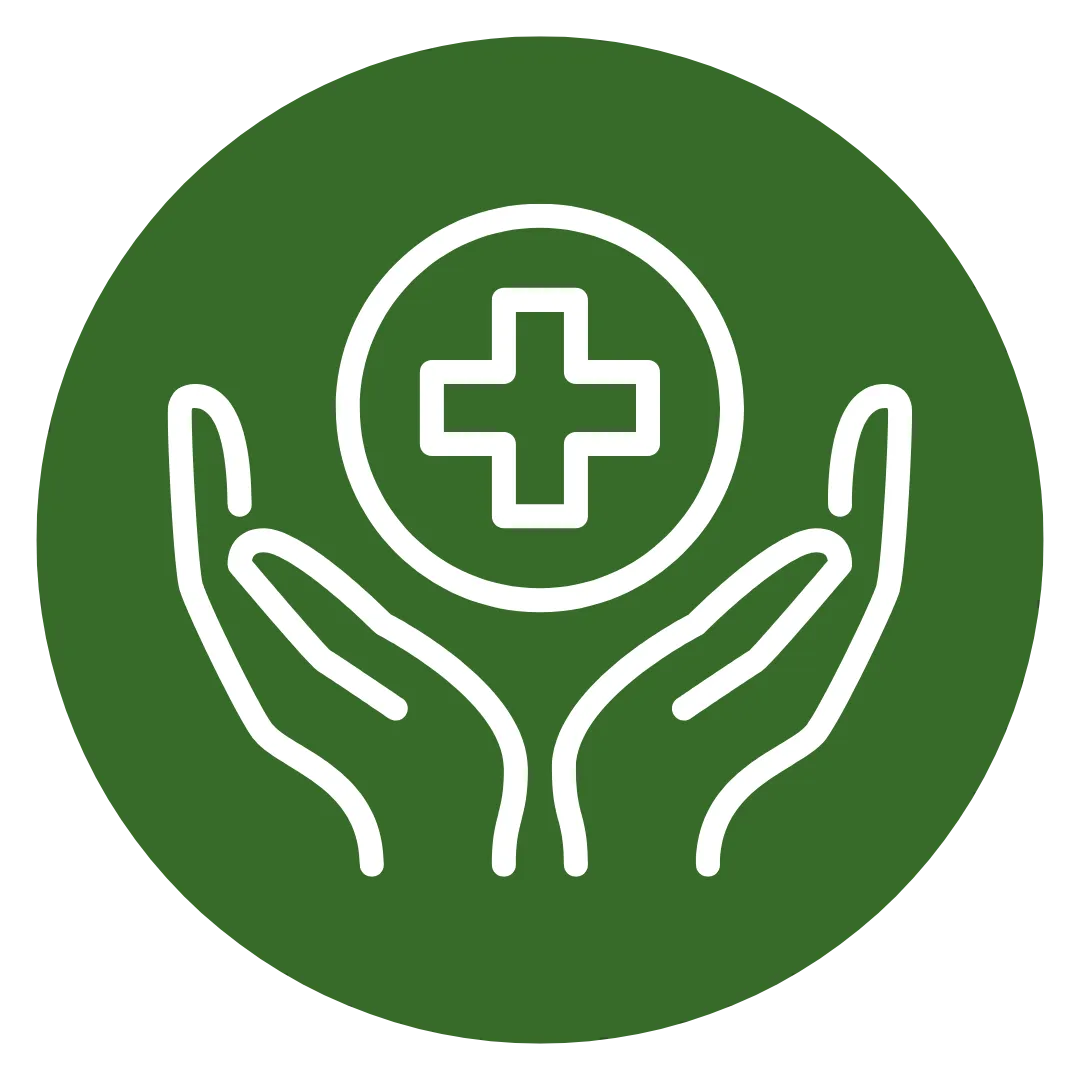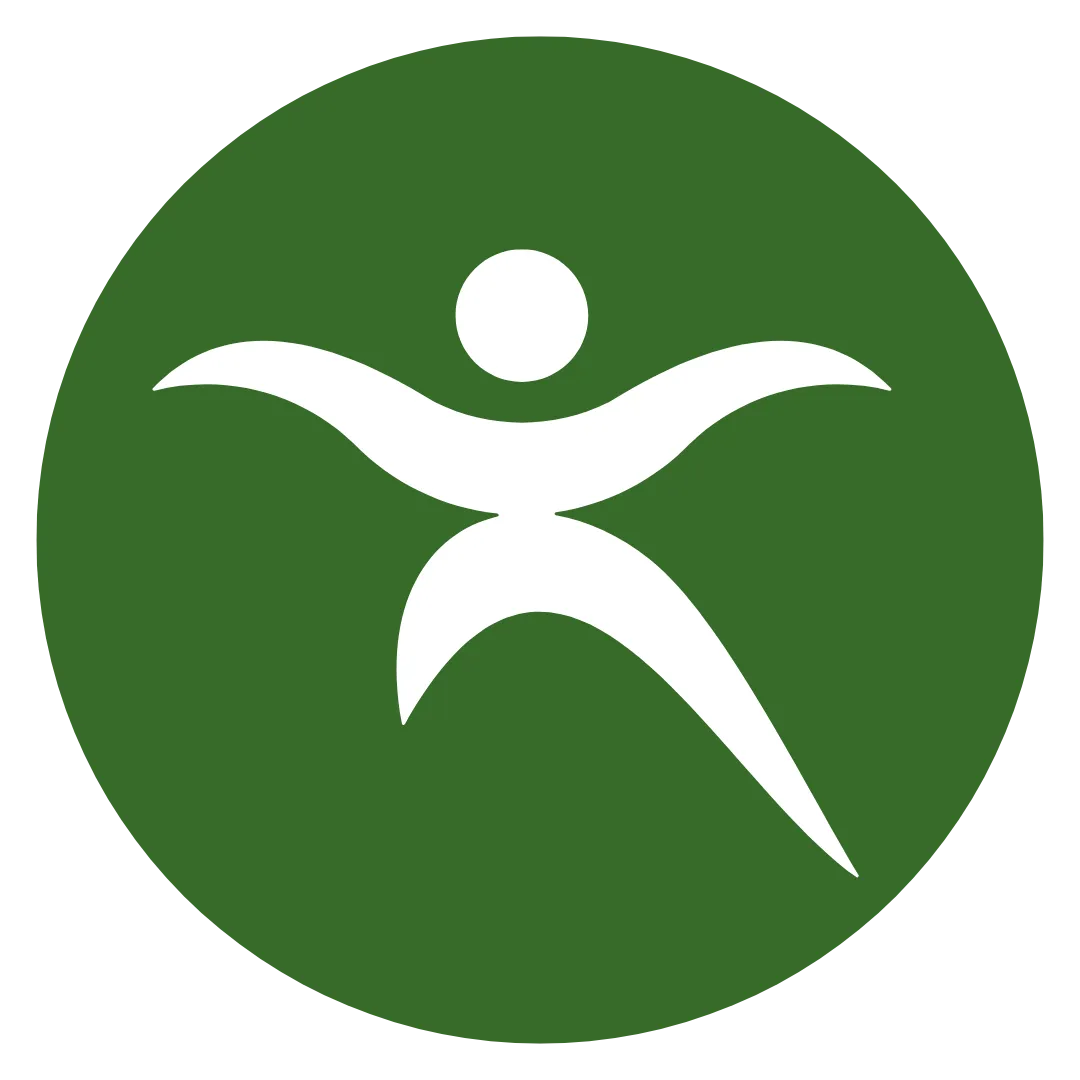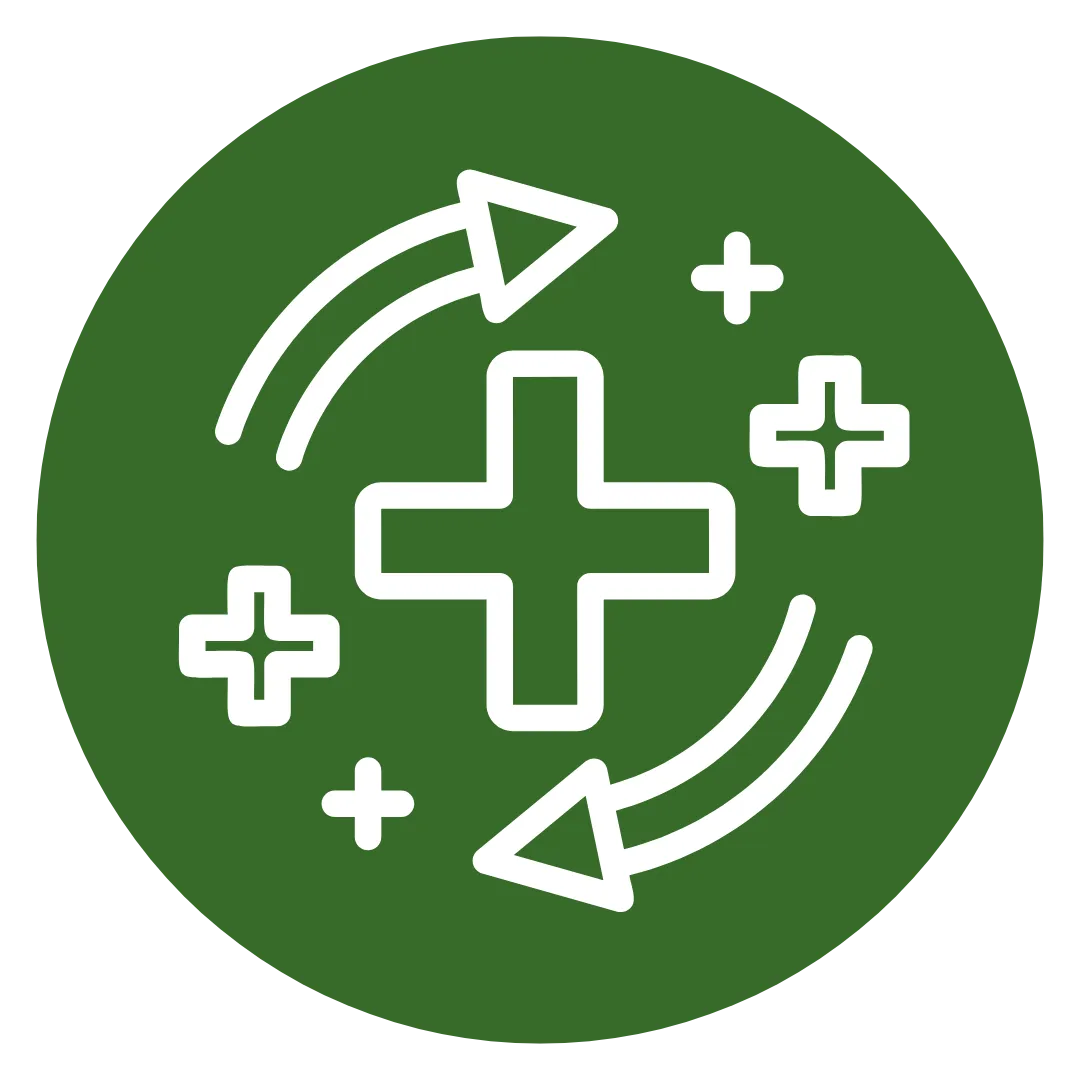RECOVERY. REDEFINED.
MOVEMENT IS MEDICINE.
HEALING STARTS HERE.
BodyTech is built for people who refuse to let pain define them. We make the connection between science, movement, and recovery — and turn it into real results.
About Us
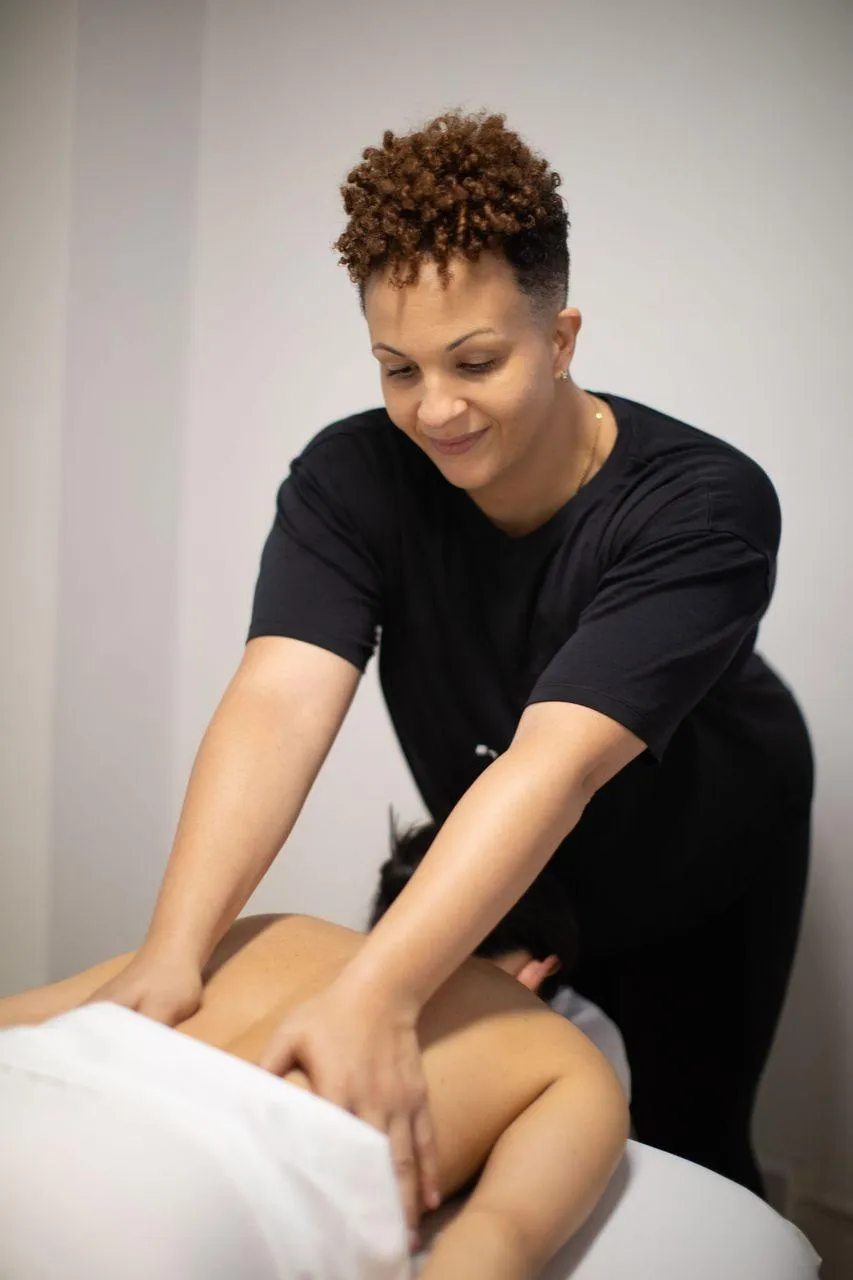

Built for Healing.
Backed by Purpose.
About BodyTech
Built for Healing.
Backed by Purpose.
At BodyTech, recovery isn’t just what we do — it’s who we are.
BodyTech was created to transform the way people experience healing: through movement, intention, and a deep understanding of the human body’s power to rebuild.
Whether you’re navigating post-surgical recovery, chronic pain, or performance plateaus, BodyTech provides the strategies, tools, and support to help you move forward with strength and purpose.
Our Services
Your Recovery, Your Way.
featuring
THE PAIN PLAYBOOK
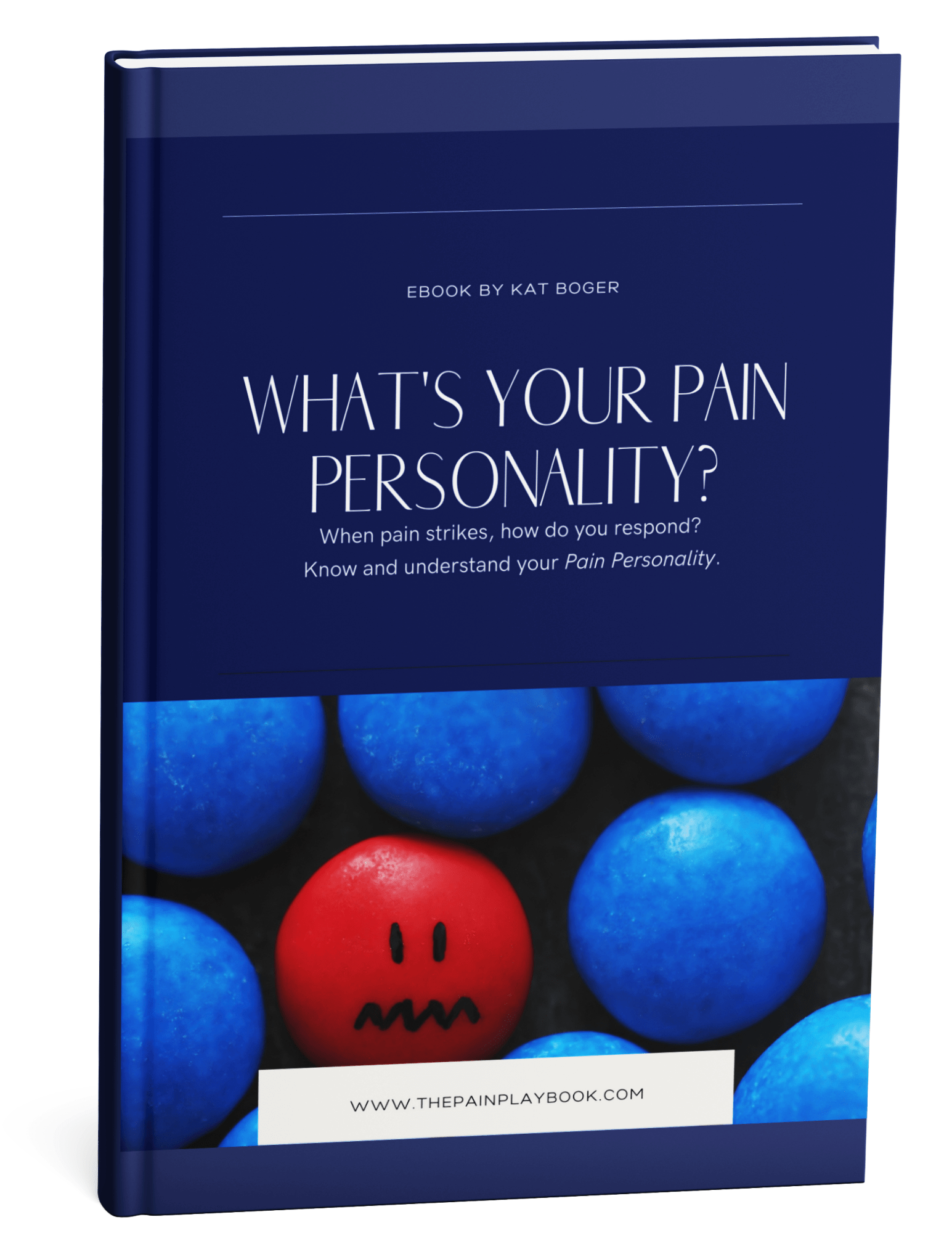
Because Healing Isn’t Just Physical. It’s Personal.
The Pain Playbook is the education hub powered by BodyTech where we turn science and experience into self-management strategies you can use. From stress and pain to hormonal health and recovery hacks, we explore the why behind the work and how to reclaim control over your healing journey.
WHY BODYTECH?
Experience You Can Feel. Expertise You Can Trust.
Recovery built around you, not just your diagnosis.
Movement-based solutions rooted in science and experience.
Coaching that empowers you to self-manage, not just survive.
A team that treats you like a person, not a protocol.
Real Stories. Real Recovery.

Alex C.
trainer with hip pain & discomfort)
Alex C.
trainer with hip pain & discomfort)

Kat is a magician! It took her literally one minute to figure out what was causing my problems and I walked out pain free after one session!

Theresa P.,
client with lymphadema
Theresa P.,
client with lymphadema

Kat is a wonderful caring professional therapist.

Rob F.
Rob F.

Kat is amazing and, hands down the best in the business.

Clea M.
Clea M.

Pedro has been an incredible trainer with an impressive depth of knowledge and experience. At 55, I’m stronger than ever and excited to see what I can accomplish. With Pedro showing me, I can exceed my own expectations.

Stephanie W.
Stephanie W.

In the time that I’ve been training with Pedro, I’ve become stronger and fitter.”

Peter G.,
marathon runner
Peter G.,
marathon runner

I think I have a pretty low tolerance to pain, but Kat does a great job of getting deep into my muscles without causing a lot of pain."
Browse Our Articles
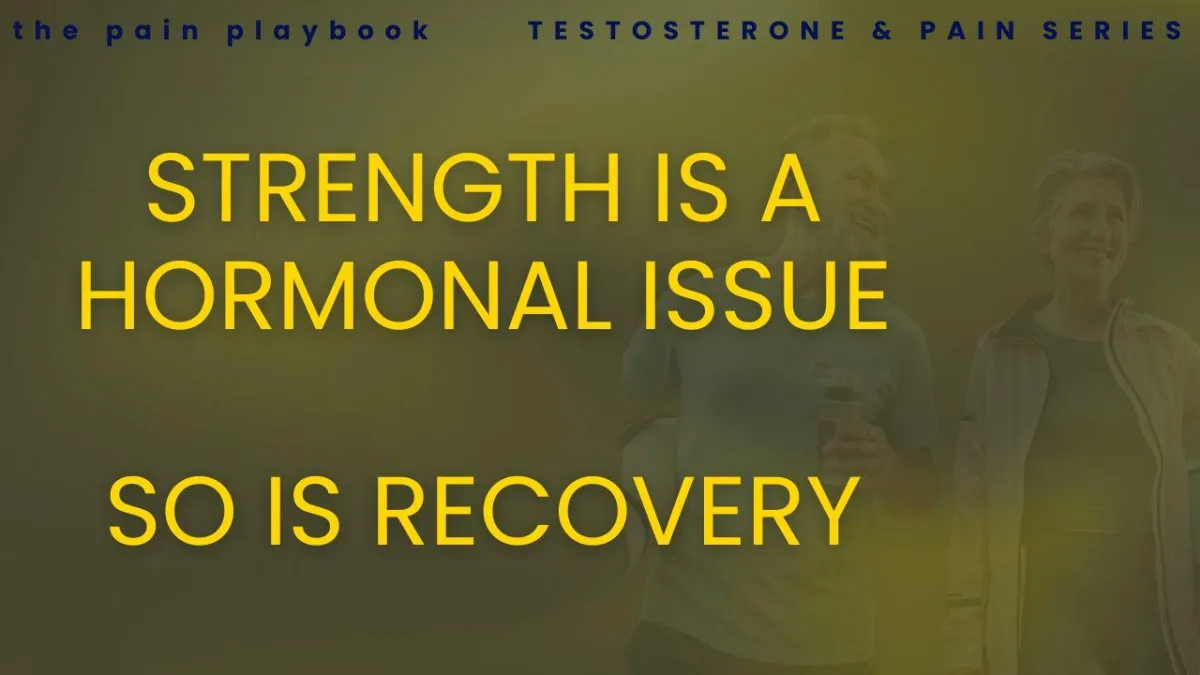
Testosterone and Aging
Testosterone, Aging, and Hormone Therapy: What You Should Know
By the time most people hit their 40s and 50s, they notice a shift. Energy dips, workouts don’t feel the same, recovery takes longer, and pain lingers. While aging is natural, declining testosterone is a major contributor to this change and something often overlooked.
The Natural Drop
Testosterone levels decline gradually with age—but the impact can feel anything but gradual.
In men, testosterone typically begins to decrease around age 30, at a rate of about 1% per year. While that might sound small, the cumulative effect over time can lead to noticeable changes in energy, strength, mood, and pain tolerance.
In women, the drop is often more abrupt. Testosterone levels can plummet during perimenopause and menopause, as ovarian hormone production decreases and adrenal backup falters. This shift is rarely tested and even more rarely addressed—yet it plays a significant role in how women feel in midlife and beyond.
These hormonal shifts don’t just affect libido or body composition. They can directly influence your ability to recover, move, and feel strong in your body.
Common symptoms tied to age-related testosterone decline include:
Reduced muscle tone and strength
Lowered energy and motivation
Increased joint pain and inflammation
Greater pain sensitivity and decreased emotional resilience
Movement, Muscle, and Longevity
Testosterone plays a central role in protein synthesis (the biological process that helps the body build and repair muscle tissue). It acts as a signal to initiate and regulate how efficiently your body turns the protein you eat into lean muscle mass. This is critical not just for athletic performance, but for everyday function, especially as we age.
When testosterone levels drop (whether due to aging, hormonal changes, or stress-related suppression), this synthesis process becomes less effective. The body becomes slower to rebuild the things that get worn down. Muscles may also gradually get smaller, weaker, and harder to restore and fill.
Muscle recovery slows
Microtears from movement or training don’t repair as quickly, leading to more soreness and prolonged fatigue.
Fatigue increases
With lower energy output from both muscle tissue and hormonal function, tasks that used to feel light begin to feel heavy.
Movement patterns may change
Weakness or joint discomfort can alter how you move, often leading to strain in other areas.
Strength plateaus or declines
Without adequate muscle repair and growth, performance can flatline, even when you know you are being consistent.
This can trigger a downward spiral of less movement, more stiffness, and greater injury risk. Regular resistance training and mobility work become even more important. And your training programs must be tailored to match hormonal changes.
Supporting testosterone means supporting function. And preserving movement capacity isn’t just about fitness. It’s about independence, vitality, and long-term health.
Why Testosterone Matters for Pain
Lower testosterone makes it harder for the body to recover from stress and injury. It can:
Increase inflammation
Slow tissue repair
Lower your pain threshold
Contribute to fatigue and reduced movement—fueling the pain cycle
Pain becomes more persistent not necessarily because you’re doing more, but because your body’s support systems are doing less.
When testosterone levels decline, the body’s ability to regulate inflammation, rebuild tissue, and maintain nervous system balance is compromised. This doesn’t just affect strength, it affects how pain is processed and tolerated.
Lower testosterone is linked to increased pain sensitivity. Research suggests that testosterone has a protective effect on the nervous system, modulating the body’s response to pain signals. When levels drop, pain can feel sharper, more widespread, or more emotionally overwhelming.
· Inflammation may last longer. Without hormonal support, acute inflammation from injury or exertion doesn’t resolve as efficiently, making recovery feel slower and flare-ups more frequent.
Chronic pain pathways become more active. Over time, unresolved inflammation, tissue breakdown, and nervous system dysregulation can create a feedback loop* that makes pain feel like the new normal, even in the absence of new injury.
*Here’s how the feedback loop works:
Pain signals fire more often — Low testosterone reduces your body’s ability to buffer those signals, so even mild discomfort can feel more intense.
The nervous system stays "on high alert" — Instead of calming down after pain passes, your system may stay in a state of hyper-sensitivity (often called “central sensitization”).
The brain starts to expect pain — When pain becomes constant or unpredictable, your brain starts to anticipate it everywhere—even in places that aren’t injured.
That expectation fuels more pain — This creates a loop: pain causes tension, tension fuels more pain, and your body never gets the signal that it’s safe to relax or heal.
This doesn’t mean your pain is “just in your head.” It means your body has been stuck in survival mode and needs support to break out of the loop.
This also means that you could be moving less and hurting more. That’s not because you’re weak or broken, but because your internal support systems aren’t functioning at full capacity. And that’s something you can investigate and support. You do not just have to live with it.
What About Hormone Therapy?
Testosterone Replacement Therapy (TRT) and other hormone support strategies are gaining popularity, but they’re not one-size-fits-all.
Options may include:
TRT (Testosterone Replacement Therapy):
Typically prescribed for men or postmenopausal women with clinically low levels. TRT helps restore testosterone to optimal levels through injections, gels, or patches to improve energy, mood, strength, and pain resilience.
Bioidentical Hormone Therapy (BHRT):
A more customized approach using hormones that are chemically identical to what your body produces. BHRT is often used for women navigating perimenopause or menopause and can include testosterone, estrogen, and progesterone support.
HRT (Hormone Replacement Therapy):
A broader approach to hormonal support, often used to stabilize overall balance during aging or after hormone loss. It may include synthetic or bioidentical options depending on your provider’s approach.
Topical creams or hormone pellets:
Great for those not ready for systemic or injectable treatments. These lower-dose options are absorbed slowly and may be used to gently support hormone balance while monitoring symptoms and labs.
⚠️ Disclaimer:
Hormone therapy isn’t one-size-fits-all. Always consult with a licensed medical provider and ask for comprehensive lab testing before starting any treatment. A personalized plan based on symptoms, labs, and goals is the safest and most effective path forward.
Why consider these therapies?
Because when your hormones are off, it’s not just about numbers. It’s also about how you feel in your body every day. These therapies can help you feel more like yourself in many ways including
Improve muscle function
Support bone density
Improve recovery and energy
Help regulate mood and reduce pain perception
Getting the right support can mean less pain, more strength, and finally feeling like you again.
Where BodyTech Fits In
Even if you’re not ready for hormone therapy, you can still support your body through targeted lifestyle changes. BodyTech helps by:
Building strength and mobility that protects joints
Using recovery strategies that respect hormonal changes
Offering coaching that adapts to where you are in life -- not where you used to be
BodyTech goal: Help you move with less pain, more confidence, and better resilience at any age.
Do you find yourself wondering if your pain is a byproduct of aging, or related to hormonal changes? Email bodytechnyc@gmail.com or schedule a call to explore hormone-informed coaching options.
References:
1. Tenover, J. S. (1997). Testosterone and aging: clinical research directions. The Journal of Clinical Endocrinology & Metabolism.
2. Harman, S. M., et al. (2001). Longitudinal effects of aging on serum total and free testosterone levels in healthy men. Journal of Clinical Endocrinology and Metabolism.
3. Davis, S. R., et al. (2012). Global Consensus Position Statement on the use of testosterone therapy for women. Climacteric. https://doi.org/10.3109/13697137.2012.678433
Ready to Move Forward?
Whether you’re recovering from surgery, managing pain, or ready to redefine how you move through life, we’re here for it. Recovery starts with the first step. Let’s take it together.
